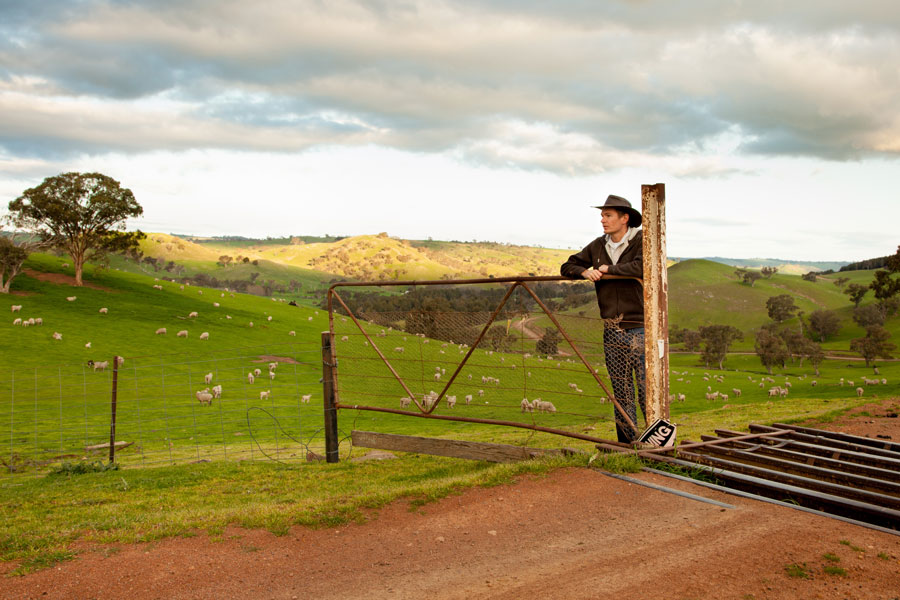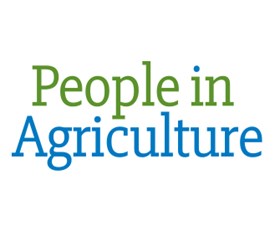Farming needs to see increased investment for the future
26/4/2017
According to ANZ's - Funding our Future report on Agribusiness in Australia an additional $109 Billion in additional investment is needed by 2025 to retain the current level of export share.
According to ANZ's - Funding our Future report on Agribusiness in Australia an additional $109 Billion in additional investment is needed by 2025 to retain the current level of export share.The author of the report Mark Bennett built on the 2012 "Greener Pastures" report that indicated Australian Agriculture faced a cumulative $1 trillion gap in capital investment based on a 77% increase in demand by 2050.
Mr Bennett said the big challenge the industry faced is to reach its export potential before it loses its global competitiveness.
"Australia has the potential to enjoy a strong period of growth over the coming decade and longer, particularly when we consider the demand from our export markets," he said.
"While we are already seeing capital come into the sector, a sustained injection will be required to realise this potential and to drive productivity gains through on-farm infrastructure, new technologies and innovation.
One of the highlights of the report pointed towards the vastly unchanged ownership format of Australian Agriculture, which has remained as small family businesses for over a century. With 90% of farms owned by families and holding some level of debt on their property.
Mr Bennett said it was essential that new types and sources of funding evolved to keep producers competitive, such as institutional investors, pension funds and foreign investment sources.
"We do talk about the need to move beyond retained earnings and bank debt in a traditional sense, as a way of bringing industry to a greater level of fulfilment," he said.
"When you think about what are the other forms of capital that would potentially bridge this gap, this is where you move into a corporate farming fund or foreign kind of landscape.
"Something needs to give in order to create a bigger capital flow from perhaps Australian super funds and corporates who can play an effective role in funding the capital gap within Australian agriculture."
"Not to say that they will take away from family farming as a main-stay but I think there's a lot of health that can come from this kind of investment."
Mr Bennett said while corporate producers made up just 2% of operations with a turnover of more than $1 million. Small operators, with an average turnover of less than $150,00 account for half of all Australian farms. He warned these small operators were in danger of becoming unviable and might need to look at options to stay competitive.
"If you look at the numbers, we've got about 124,000 farmers in Australia, on trend out to 2050 that number is closer to 80,000 farmers, so 40,000 farmers in Australia on trend won't exist in 35 years.
"Another consideration is around the way you take goods to market and the way you sell. Can you sell nearby verses bulk commodity? Can you sell online? Can you plug into agri-tourism and retail?"
Mr Bennett said structural change in the industry would create new opportunities, with capital providers looking to identify and partner with good farm managers and businesses.





